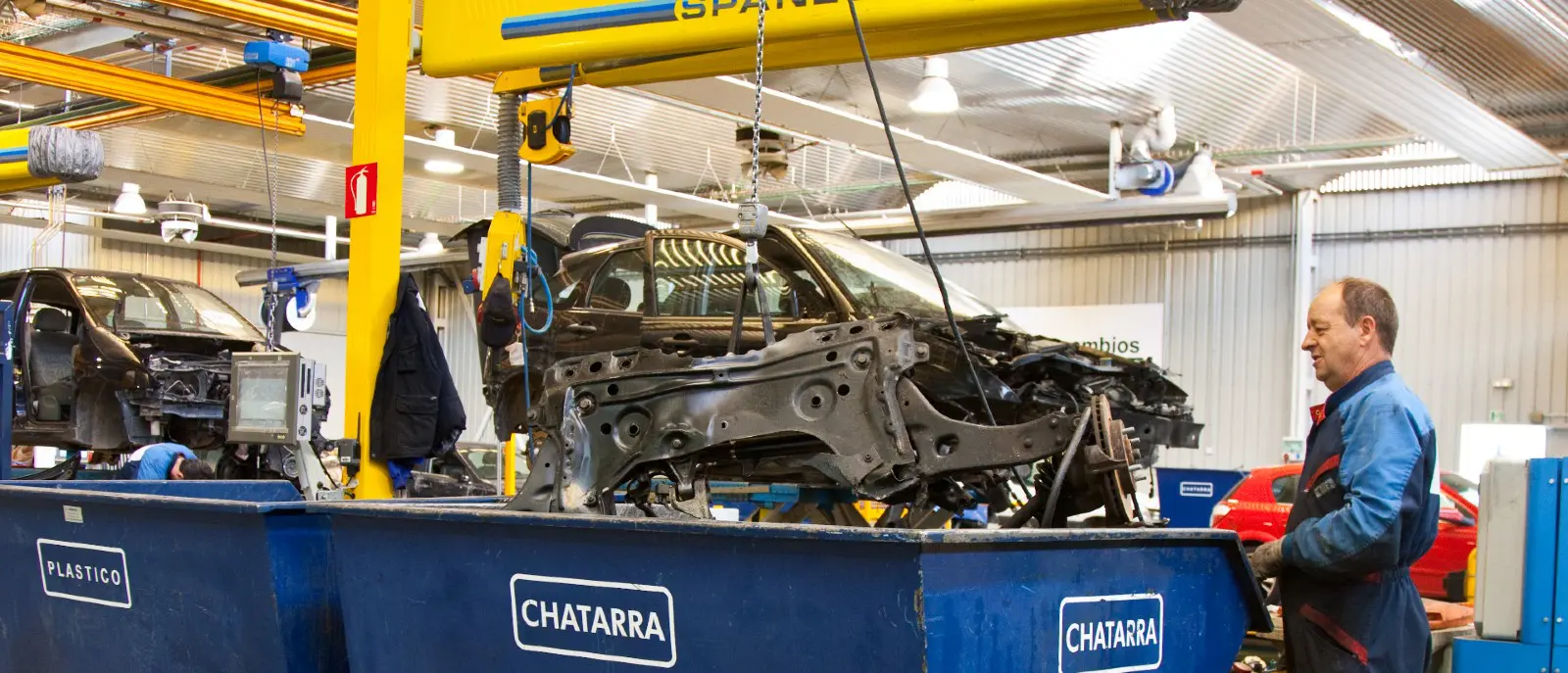SUSTAINABILITY| 11.24.2023
Recycling as a path to a more sustainable world
The world generates more waste than it recycles, which is a concerning fact since most waste is dumped in landfills that contribute significantly to environmental pollution. Today we’ll explain how a small action can bring a positive change to the world.
An estimated 11.2 billion tons of solid waste are generated worldwide each year. Currently, only 9% of the total plastic production is recycled, while 12% is burnt, and the remaining 79% is disposed of in landfills or dumped into the environment.
Between 2010 and 2020, the global waste production increased from 5.3 to 7.3 kilograms per capita per year. However, environmentally-safe recycling only increased from 0.8 to 1.3 kilograms per capita per year. Therefore, in the last 13 years, we have produced more waste than we have recycled.
The importance of recycling
Recycling is beneficial for several reasons. First, recycling materials such as paper, plastic, glass and metal reduces the amount of waste that ends up in landfills, which helps reduce the amount of space needed for landfills and prolongs their useful life. Recycling also conserves natural resources. For instance, recycling paper reduces the need to cut down trees, thereby protecting forests and the dependent wildlife. Likewise, when metals and plastics are recycled, the requirement to extract and process new natural resources to create products is diminished.
Recycling can also help reduce greenhouse gas emissions. Recycling materials eliminates the necessity to produce new products from raw materials, consequently reducing the amount of energy required to manufacture and transport them. Reducing energy consumption helps to decrease greenhouse gas emissions related to energy production.
Why should we sort waste correctly?
Recycling reduces the amount of waste that ends up in landfills, which is unquestionably a major source of environmental pollution where greenhouse gases, such as methane, are emitted, contributing to global warming. Furthermore, waste can seep into the soil and groundwater, leading to contamination of drinking water supplies and adversely affecting public health.
Another disadvantage of landfills is their size. As the population and waste production continue to increase, the demand for more space for waste disposal also grows. Expanding landfills can adversely affect the local environment by decreasing air quality and biodiversity.
Finally, reducing the amount of waste that is disposed of in landfills can also help in preserving natural resources. When the amount of waste sent to landfills is reduced, the need to manufacture new products from raw materials diminishes. This, in turn, helps to preserve natural resources such as forests, oceans, water, and minerals.
Countries with the highest recycling figures
Although most countries make significant efforts in recycling, some still fail to implement much-needed green policies. The following countries stand out for their good policies and practices:
- Germany: is one of the world leaders in recycling, with a 68% recycling rate in the last year thanks to the strict regulations it established in 1991, which have changed the way companies and people think and act.
- Switzerland has a recycling rate of 52% and has implemented very effective policies to encourage recycling and reduce waste. In addition, what is not recycled is used to generate energy, thus taking advantage of all the waste generated.
- Austria: with a recycling rate of 63%, thanks to its research and innovation centers, this country pioneered the implementation of a material flow management system that reuses most waste and converts it into raw materials.
- South Korea has implemented very effective policies to promote recycling and waste management, and has a recycling rate of 59%. Its policies are based on raising awareness and educating the population, but not only residents, but tourists are given a welcome guide explaining where and how to sort waste correctly.
The most committed industries
On the whole, most industries are adopting recycling and sustainability practices as part of their business strategy and their commitment to sustainability.
One of the industries that recycles the most is the paper industry, followed by construction, which focuses on increasing the recycling of construction and demolition materials, such as cement, asphalt, metal and wood, materials that can be used in new projects. Other industries that have increased their recycling efforts include the automotive industry, where recycled materials are being used in the manufacture of new vehicles; and the textile industry, where recycled materials are increasingly being used in the manufacture of clothing and other textile products.
How does MAPFRE contribute?
MAPFRE aspires to become a benchmark company in the circular economy, which, according to the company, makes it possible to generate business opportunities while protecting the environment and society. The Group promotes the responsible consumption of resources, as well as the reduction, reuse and recycling of waste, thus reducing landfilling. It also carries out actions to combat food waste and hires managers with business models that are in line with the principles of circularity. It has also eliminated all single-use plastic bottles and cups thanks to the “MAPFRE Plastic-Free” project.
Last year, a total of 3,318 tons of waste was generated throughout the Group, of which 3,071 tons, or 93% of the total, were subjected to valorization processes, i.e. recovery, recycling and energy production.
Among its main milestones in 2022, it has avoided the consumption of 191 tons of paper thanks to the biometric electronic signature, a measure with which it has avoided the emission of 166.75 TmCO2eq in Spain and Portugal. The company also treated a total of 1,847 end-of-life vehicles, from which it has recovered 54,485 parts for reuse in different markets, thanks to CESVIMAP, the MAPFRE Road Safety and Experimentation Center. This global technology center specializes in vehicle repair and recycling, among other services, and is a reference in how to dispose of vehicles in a sustainable way, extending the life of parts, facilitating the reuse of raw materials, such as plastic and glass, and reducing energy consumption.
RELATED ARTICLES:




